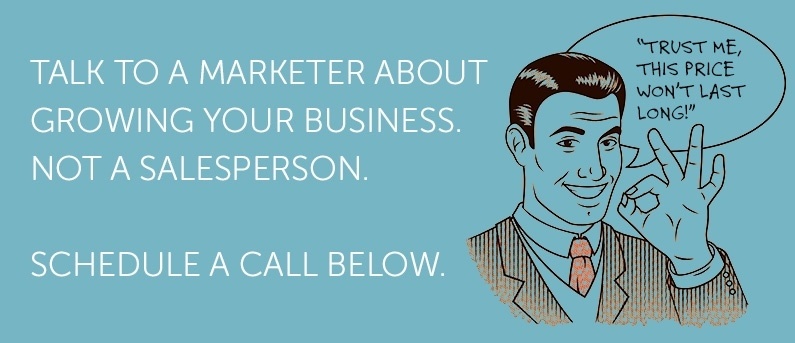In today's digital age, the internet has become an integral part of our lives. In fact, according to Pew Research's latest information, 93% of Americans use the internet. From shopping online to seeking information and connecting with others, the web is an essential tool. However, for millions of individuals with disabilities, accessing the online world can be a challenging and frustrating experience. This is where web accessibility comes into play. In this blog post, we'll explore what it means to have an accessible website and why it's crucial for ensuring inclusivity and equal access for all.
What is an Accessible Website?
An accessible website is one that can be used by everyone, including people with disabilities. This means that the website should be designed and developed in a way that makes it easy for people with disabilities to perceive, understand, navigate, and interact with the content effectively. Web accessibility is about removing barriers and creating a digital environment that is inclusive, regardless of a person's physical or cognitive abilities.
.png?width=704&height=704&name=Untitled%20design%20(34).png)
Why is Website Accessibility Important?
Making sure your website is accessible is important for many reasons.
The most compelling reason for web accessibility is inclusivity. It ensures that everyone, regardless of their abilities, can access and use online resources. This not only benefits individuals with disabilities but also extends to the elderly, people with temporary impairments, and those with situational limitations (e.g., using a mobile device in bright sunlight).
Accessibility can also help businesses reach a wider audience. By ensuring your website is accessible, you expand your potential audience. People with disabilities make up a significant portion of the population, and they, too, are consumers. An accessible website can attract a more diverse user base and, consequently, increase your market reach.
Did you know the United States and many other countries have begun to implement and enforce laws and regulations that mandate web accessibility? Failure to comply can lead to legal consequences, fines, and reputational damage for businesses and organizations.
Ultimately though, creating an accessible website is an ethical responsibility. Inclusivity and equal access to information are fundamental human rights. By prioritizing web accessibility, you contribute to a more equitable online environment.
How to Make Your Website Accessible
There are many different types of disabilities, so there are many different aspects to consider in improving the experience of disabled users on your website:
Perceivable Content
To make web content accessible, it should be perceivable by all users. This means providing alternatives for non-text content like images, videos, and audio. For instance, including descriptive alt text or audio descriptions of images and videos enables screen readers to convey information to users who are visually or hearing impaired. This could also mean using large text and high-contrast colors.
Operable User Interfaces
Web interfaces should be easy to operate. This involves making sure that navigation is consistent, clear, and concise, that keyboard shortcuts are available and that users have enough time to read and interact with content.
Understandable Information
Information on a website should be presented in a clear and understandable manner. Users should be able to predict how the site behaves, and complex content should be organized logically. Simple and consistent navigation aids in understanding.
Robustness
A robust website is one that can be interpreted by a wide range of user agents, including assistive technologies. Developers can use coding practices that ensure compatibility with different browsers and devices.
Making these adjustments can seem like a lot to do. However, affordable services like accessiBe can help bring your site into ADA compliance and maintain compliance as your site changes.
Conclusion
Web accessibility is not just a checkbox to be ticked off; it's a continuous commitment to creating a digital world that leaves no one behind. It's about recognizing the diverse needs of all users and taking proactive steps to ensure that your online presence is welcoming and usable by everyone. When we prioritize web accessibility, we not only meet legal requirements but also uphold the principles of inclusivity, equality, and ethical responsibility in the digital age. It's a win-win situation that benefits businesses, organizations, and society as a whole. So, let's work together to make the web accessible for all.


